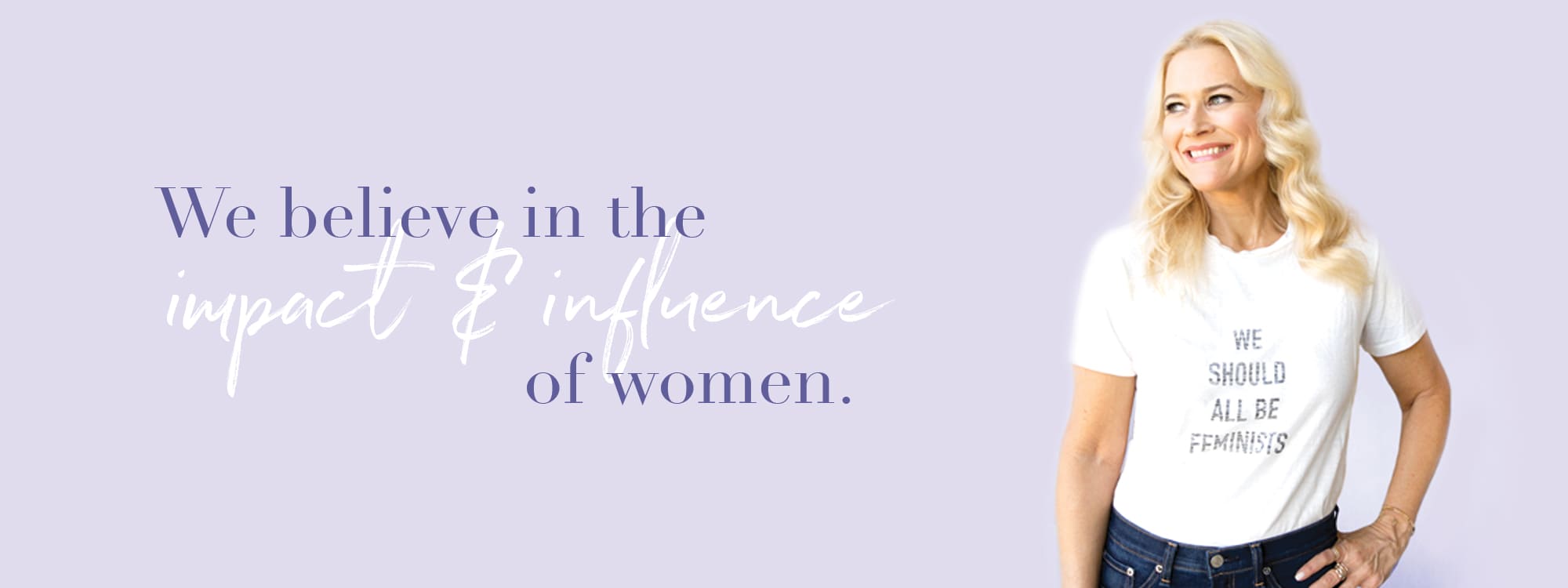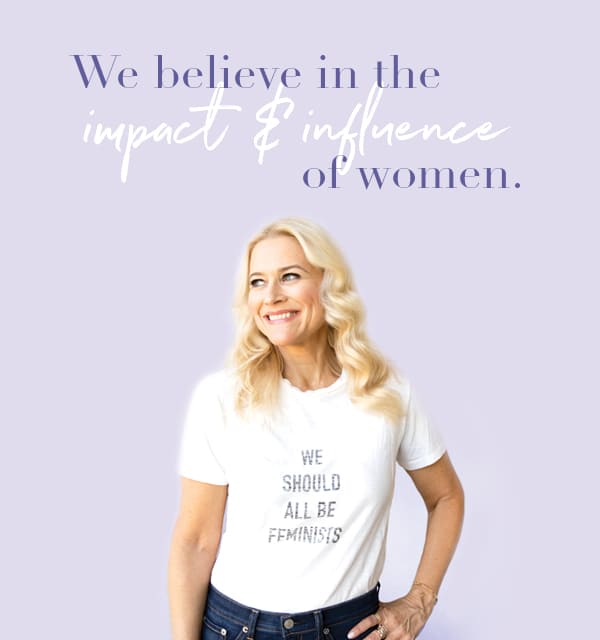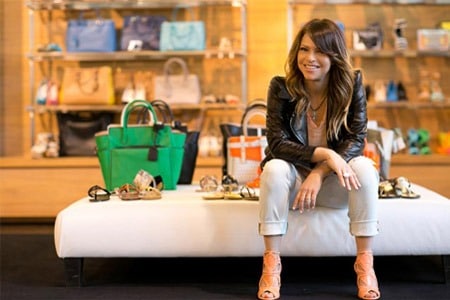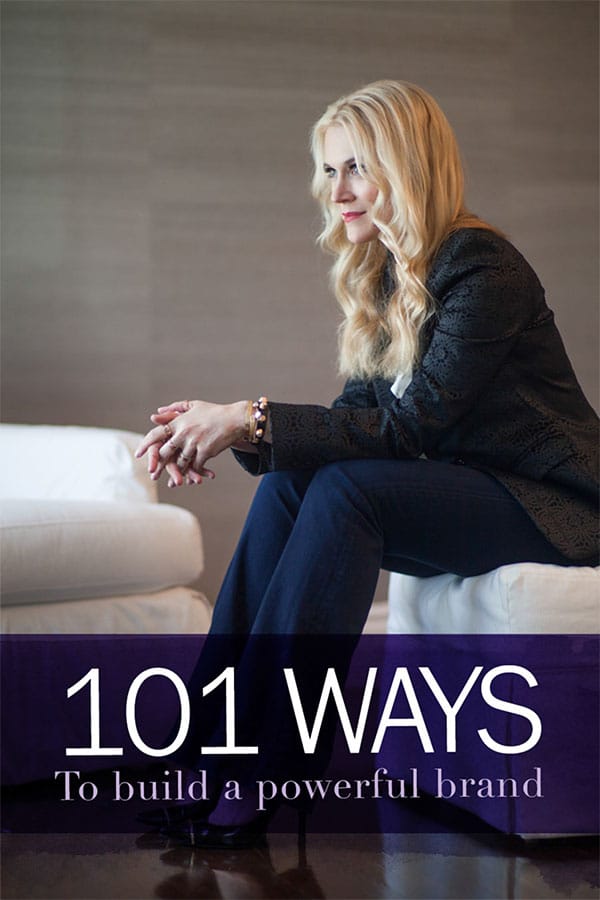 With the close of 2019 upon us and the bright shiny fresh start of a new year (and new decade!), it’s time to plan your marketing strategy for 2020. Instead of focusing on the latest algorithms, it’s time to invest in something much more powerful for your brand’s success: women.
With the close of 2019 upon us and the bright shiny fresh start of a new year (and new decade!), it’s time to plan your marketing strategy for 2020. Instead of focusing on the latest algorithms, it’s time to invest in something much more powerful for your brand’s success: women.
You’ve probably heard by now of influencers, right? There’s no greater influencer than a woman who feels strongly – whether positively or negatively – about a brand. In fact, she’s much more likely than her male counterparts to share information and resources with all of her girlfriends. Her positive word of mouth reviews are worth solid gold in the brand-building world.
Just how powerful are women? You do the math. Women make up 51% of the population, and account for up to 85% of the purchasing power when it comes to the fast-paced world of commerce.
Women are in the driver’s seat when it comes to making purchasing decisions, and whether or not they head in your direction is going to be completely up to how you connect and engage with them.
Ready to up your game and supercharge your marketing strategy for 2020? Here are five ways you can better engage your female customer for long-lasting brand success:
Tell a Story
Everyone loves a good story, and women, it seems, even more so. Create an inspiring or entertaining narrative behind your brand. Something that empowers, entertains and inspires or makes her laugh. Offer valuable information that will make her life easier. What story will connect with your audience and garner those rave reviews? Show your female customers that you have a purpose and a mission and that you care. Include her in on those details that most brands keep hidden or never really think about in the first place.
You’re not just selling a product today. You’re sharing the story behind that product, and it better be one worth telling. To be successful, you’re in it to build a long-term relationship and your story matters.
Stand for Something
Female consumers don’t care what you know. They want to know instead – that you care. Mission-driven brands are the ones climbing to the top of the charts this purchasing season, and it’s only going up from here. Why? Because women are drawn to a mission. They want to know the reason why investing in your brand is a worthwhile decision, and they want to know they’re buying from someone they can ultimately trust.
Thinx Underwear is working on doing just this. As a female-owned brand, Thinx designs and creates underwear that acts like a pad during a woman’s menstrual cycle. The mission behind Thinx is to create a culture that is inclusive. They strive to demolish the shame-stigma that surrounds a woman’s period, and they work to give back to underprivileged communities and homeless population. They believe that reliable access to safe menstrual and hygiene products are essential, and they partner with organizations like Girls Inc., Safe Horizon, and the Alliance of Border Collaboratives to provide support and education to women in need.
Embrace All the Feels
Women naturally want to connect with brands that are inclusive, helpful, and transparent. And above all, brands that add value.
Take Trupanion, for example, a medical insurance company for pets. I recently purchased pet insurance for one of my two senior dogs, Lola, who is a 12-year-old Coton du Tulear. For many years I figured that it would be cost-prohibitive to purchase pet insurance – that it was something you should do when your dog is a puppy. But a couple of vet techs at the clinic where I take my dogs mentioned that I should check out Trupanion – that the rates might not be as high as I thought – and that they processed claims easily and were super friendly to work with.

I called the company and was immediately connected with a super friendly sales rep named Jeremy. He patiently answered all of my questions, asked me a few, spent time explaining how everything works, and I ultimately signed up for a policy (I had told myself that if I could get insurance for Lola for under $100/month, that it would be worth it to do it – as a catastrophic policy for an older dog.)
I have received numerous communications from them in the last month since I signed up – but not overkill: a couple of confirmation emails, a couple of snail mail letters – and here’s the thing that really caught my attention: I received a small package in the mail last week with a special silver dog tag (to put on Lola’s collar) that has a unique number on the back of the tag that can help them find me if Lola is ever lost – it’s based on my policy information. In other words, they would help track Lola if she ever strays from home by accident – and most importantly (from a marketing perspective), they know how much I care about my pet – I just bought an insurance policy – so they are showing me that they care, too.
This is how you build customers for life.
Start a Conversation and Ask Her What She Wants
Remember the 2000 Romcom What Women Want? Unless you can channel your inner Mel Gibson and figure out a way to get inside a woman’s head, you’re not going to know the answers to her burning questions. So why not ask her?
Old school marketing campaigns are guilty of speaking at their customer and it’s amazing how many brands today continue to do nothing but pitch and sell. YOU have an opportunity to engage with her and invite her to join the conversation. And above all, don’t be afraid to ask her the questions you don’t know the answers to. She’ll be more likely to pay attention because you’re showing her that you value her opinion, and that you truly care about what she has to say. Build that level of trust, and you’ll build a loyal community that will be around for years to come.
Don’t Make Assumptions
What’s black and white and pink all over? Assumptions + poor marketing strategies. Slapping pink on a label isn’t going to automatically increase your female audience. But taking a stand against all things pink isn’t going to do the trick, either. Stop making assumptions about the female population as a whole, and stop presuming that just because something is pink she’s going to buy it.
Glossier Pink has become one of the most recognized brand colors in the world, and they’ve grown into a multi-billion dollar company in the beauty industry. But their huge success isn’t because of the color they chose to market their brand. Instead, it’s how they relate to their customers. From Day One they chose to engage, connect, inspire and entertain. They asked questions and created community. They connected their loyal fans with each other and featured their content on Glossier social channels. They took their customers feedback and concerns seriously and developed products based on this information.
In other words, they built the brand that their consumer wanted and they continue to connect with her and take her seriously.
There’s nothing wrong with using pink as your brand identifier. Just stop assuming that pink is strictly for women and blue is for men. The bigger picture is that we’re all more dynamically complex than that. Your community is going to care about you because you have taken the time to get to know them and you care about them.
Brands that continue to ignore women and their undeniable purchasing power are going to miss out on unbelievable opportunities to connect, make a difference and grow in the coming decade. It’s time to build a community that is inclusive, empowering, and works endlessly to understand their biggest customer base and savviest consumers: women.










